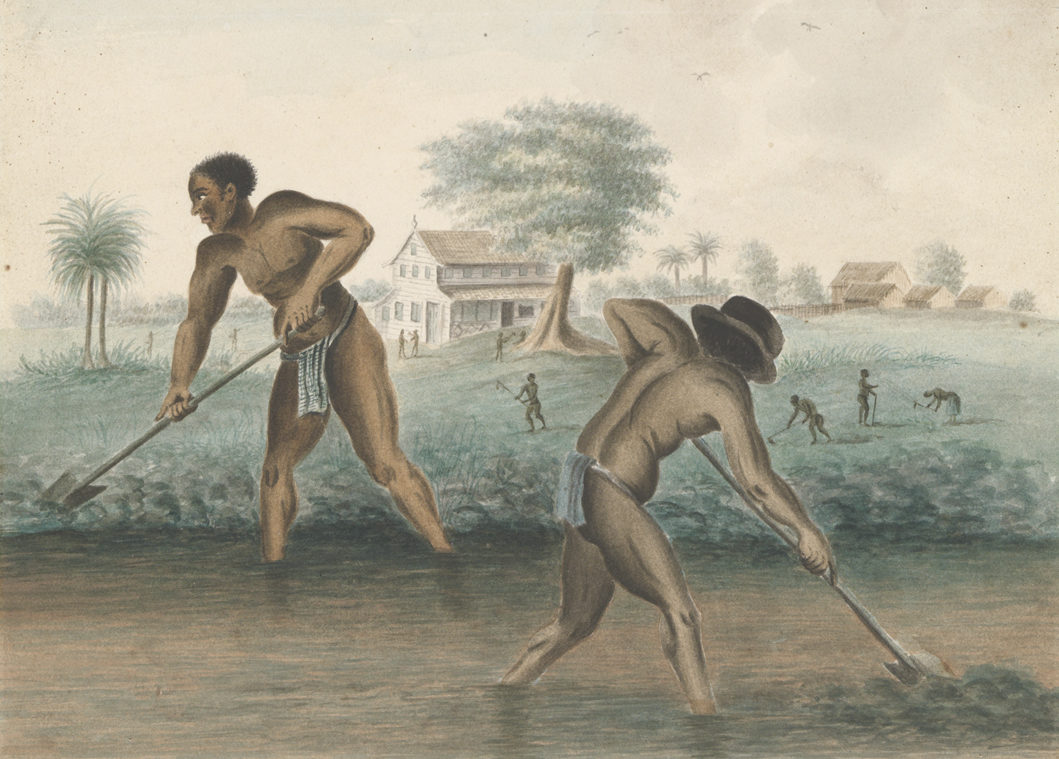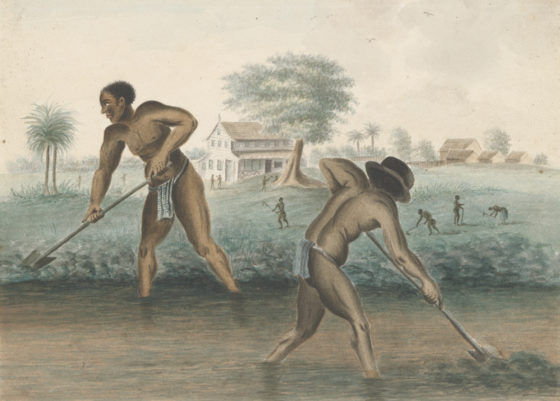Slavery exhibition closes to ‘impressive reactions’


The first Dutch exhibition to examine the country’s colonial past, and slavery in particular, has been a great success, the Rijksmuseum has said.
‘Slavery’, which was opened on May 18 by King Willem-Alexander and ran until last Sunday, attracted some 80,000 visitors despite the coronavirus restrictions, including extra evening sessions. Some 3.4 million people looked at the exhibits online.
‘It is impressive to see the reactions to the exhibition. This is an urgent subject, not only for the Netherlands but worldwide,’ the museum’s director Taco Dibbets said.
The exhibition, which can still be seen online, focused on the period between 17th and the 19th century and the consequences of Dutch colonial practices in Brazil, Suriname, the Caribbean, as well as South Africa, Asia and in the Netherlands itself.
The focal point was the stories of 10 slaves illustrated by artifacts such as beads treasured by slaves and plantation tools, and songs and music from oral sources.
Head of the museum’s history department Valika Smeulders said the exhibition has made ‘the story of the Netherlands more complete’.
‘Visitors’ reactions to the personal stories showed these form a bridge to a better insight into our past and to a shared present and future.’
The museum will be adding extra information to exhibits in the museum’s permanent collection of paintings and objects to explain their links to slavery.
Thank you for donating to DutchNews.nl.
We could not provide the Dutch News service, and keep it free of charge, without the generous support of our readers. Your donations allow us to report on issues you tell us matter, and provide you with a summary of the most important Dutch news each day.
Make a donation